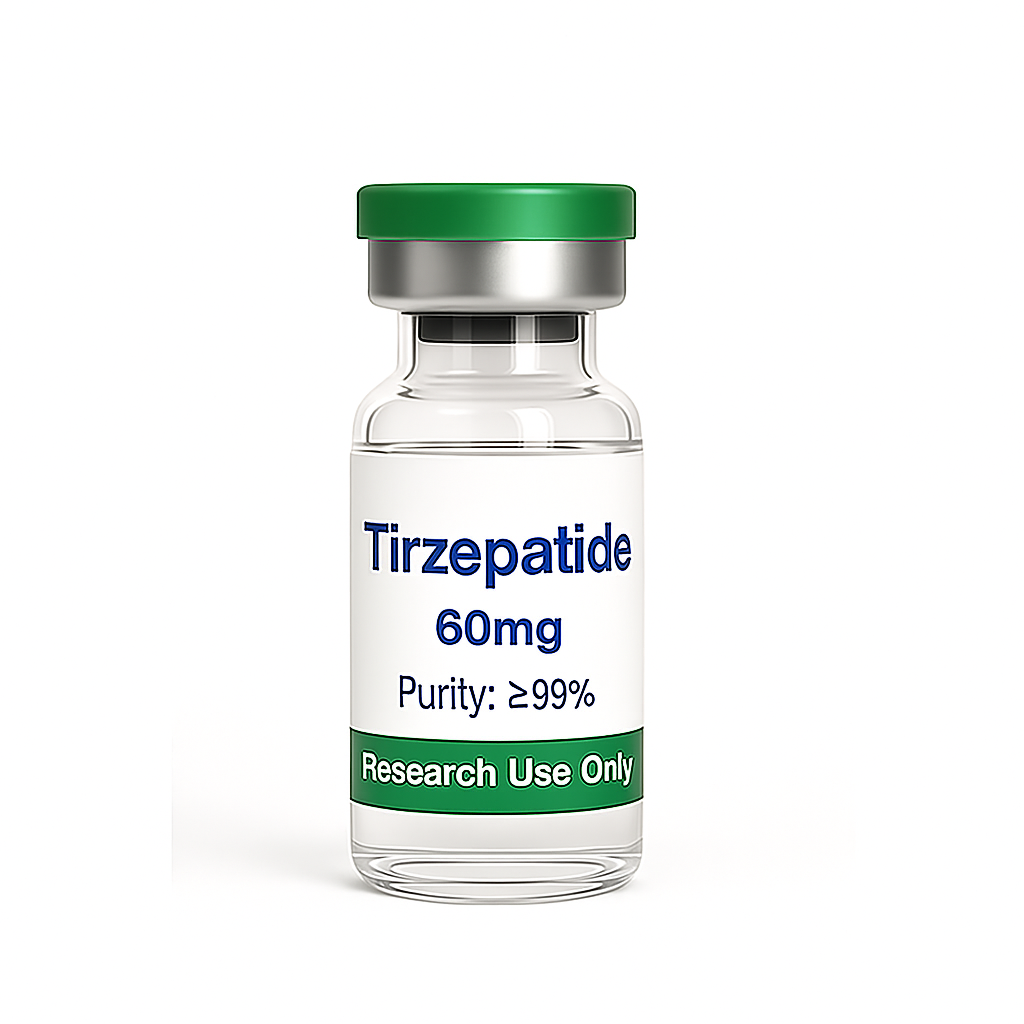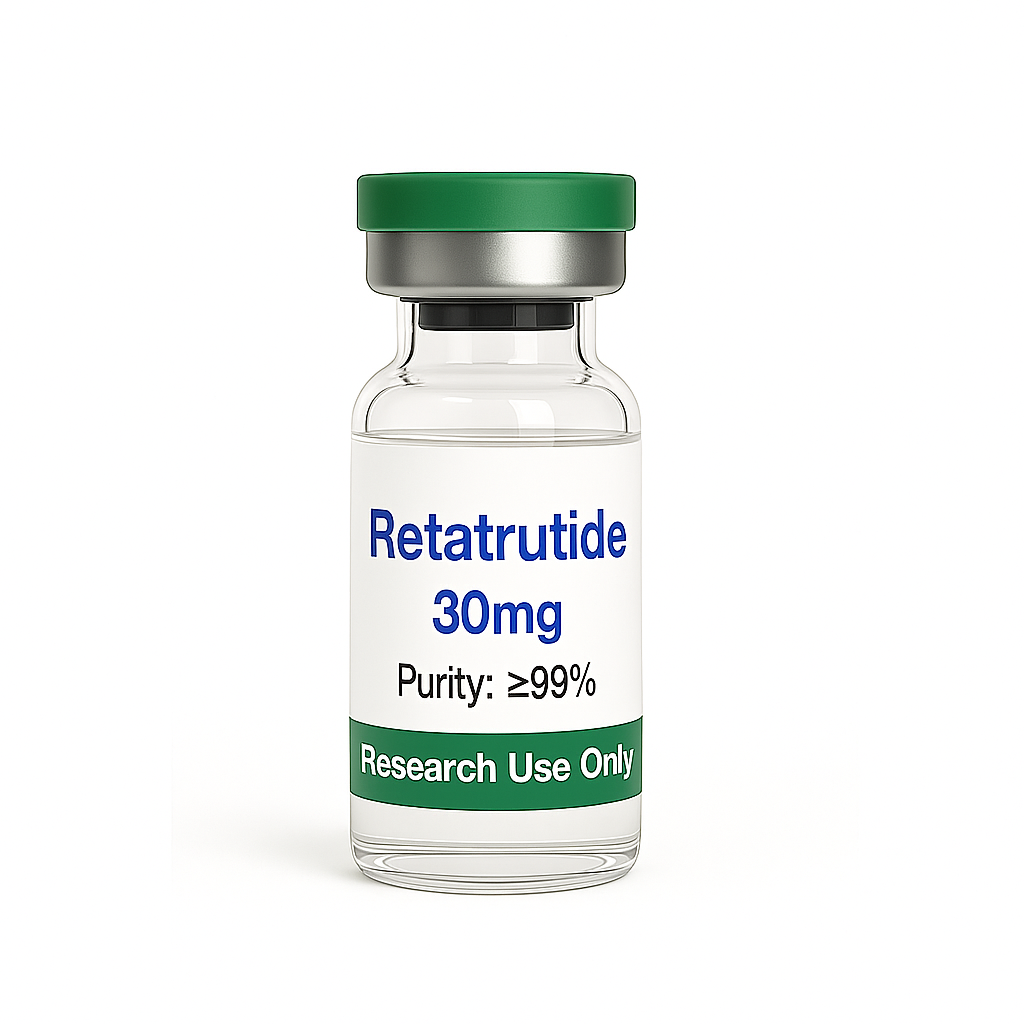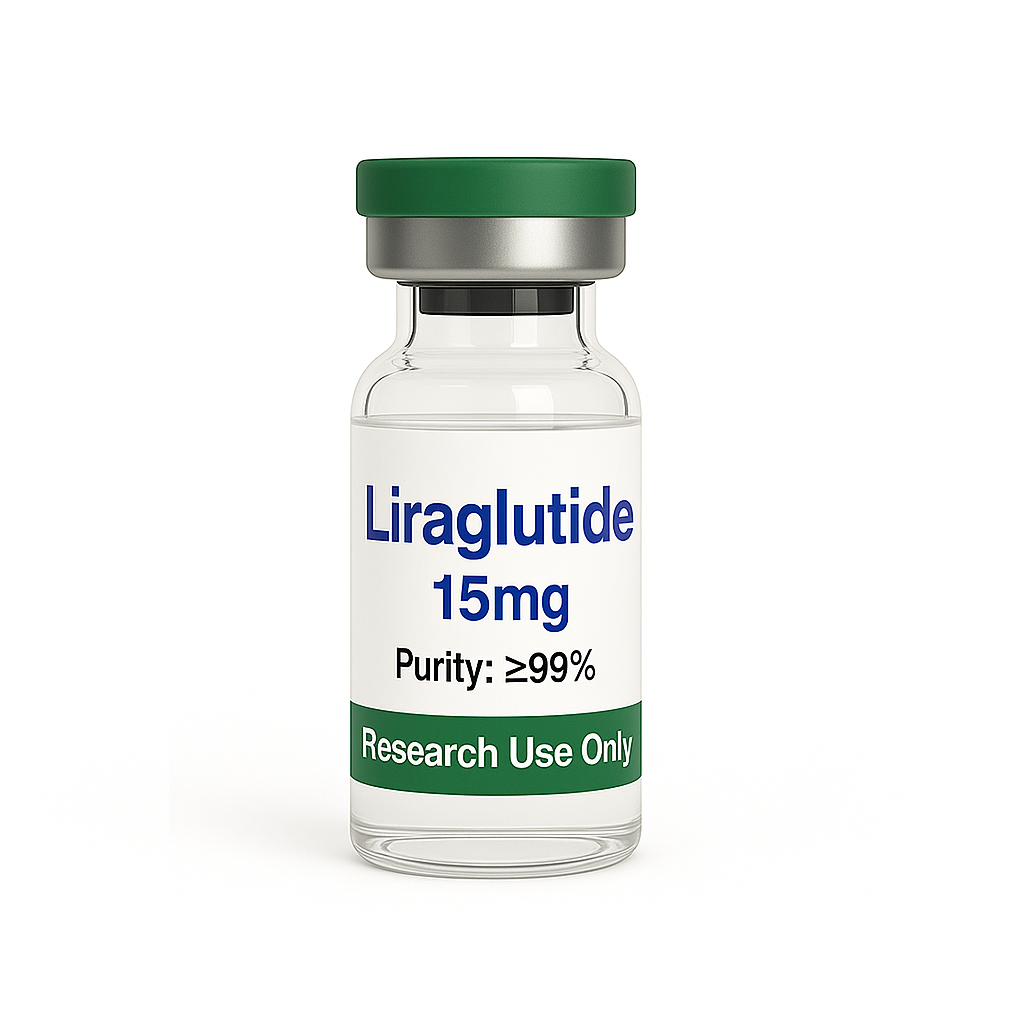1. Definition of GLP-1
Glucagon-Like Peptide-1 (GLP-1) is a naturally occurring hormone produced in the intestines after eating. It plays a crucial role in glucose metabolism by stimulating insulin secretion, inhibiting glucagon release, slowing gastric emptying, and promoting a feeling of fullness. These combined effects help regulate blood sugar levels and contribute to weight management. Synthetic GLP-1 receptor agonists mimic these natural processes, making them valuable in the treatment of type 2 diabetes and obesity.
2. Classification by Function
Based on its physiological roles, GLP-1 and its analogs can be divided into several functional categories:
- Blood glucose regulation: Enhances insulin release in response to high glucose levels while suppressing glucagon secretion.
- Appetite control: Acts on the brain’s appetite center to reduce food intake and increase satiety.
- Gastrointestinal regulation: Slows stomach emptying, prolonging the digestive process and helping control postprandial glucose spikes.
- Cardiovascular benefits: Some GLP-1 receptor agonists have been shown to reduce the risk of major cardiovascular events in diabetic patients.
- Weight management: By curbing appetite and promoting calorie reduction, GLP-1 analogs support gradual and sustained weight loss.
3. Characteristics of GLP-1
GLP-1 has a very short natural half-life—just a few minutes—because it is rapidly degraded by the enzyme DPP-4 (dipeptidyl peptidase-4). To overcome this, pharmaceutical researchers developed long-acting synthetic GLP-1 receptor agonists such as Semaglutide, Liraglutide, Tirzepatide, and Retatrutide.
These modified compounds extend activity from hours to days or even weeks, allowing for once-daily or once-weekly dosing.
Key characteristics include:
- Glucose-dependent action: Reduces the risk of hypoglycemia compared to traditional insulin therapy.
- Dual or triple mechanisms (in new drugs): Some advanced versions target additional receptors such as GIP or glucagon receptors, enhancing metabolic benefits.
- Comprehensive metabolic improvement: Lowers HbA1c, improves lipid profiles, and supports weight reduction.
GLP-1 and its analogs have transformed modern metabolic therapy by addressing both diabetes and obesity simultaneously—providing not only blood sugar control but also long-term cardiovascular and weight benefits.
4. GLP-1 Treatment Solutions
5. Injectable GLP-1 Receptor Agonists
The most common delivery form, these include Liraglutide, Semaglutide, and Tirzepatide. They are administered subcutaneously, either daily or weekly, providing continuous receptor activation for stable glucose control and appetite suppression.
5. Oral GLP-1 Receptor Agonists
A newer option, such as Oral Semaglutide, offers patients needle-free convenience. It uses absorption-enhancing technology to maintain bioavailability when taken by mouth, improving treatment compliance.
6. Combination Therapies (GLP-1 + Other Pathways)
Emerging therapies combine GLP-1 with GIP or glucagon receptor agonism to achieve stronger weight loss and metabolic outcomes. For example, Tirzepatide (a dual GIP/GLP-1 agonist) and Retatrutide (a triple GIP/GLP-1/glucagon agonist) represent the next generation of metabolic treatments.
GLP-1 therapy marks a revolutionary step in managing chronic metabolic diseases—offering an integrated approach to controlling blood sugar, reducing weight, and improving overall health outcomes.
Post time: Nov-03-2025





